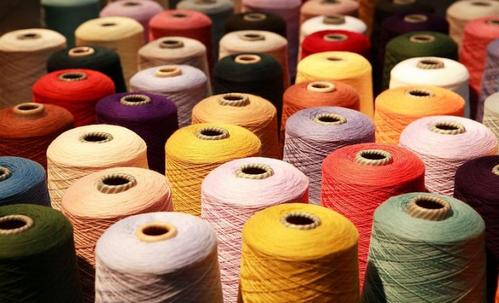How does the thickness of yarn affect work gloves?
Nowadays, people often choose work gloves to protect their hands in daily life. However, many people do not know how to choose when they purchase work gloves. In fact, the thickness of yarn can affect the quality and using of work gloves. So the manufacture of work gloves will come to make brief introduction, we hope to help everyone.

The thickness of yarn affects the quality and using of work gloves directly. Fine yarns can be used to weave thin and lightweight cotton work gloves, and also can be used to form thicker cotton gloves. In a certain area, spun yarn can be arranged a large number of roots to weave tight, soft, delicate and smooth cotton work gloves. The color of dyeing gloves also is uniform and bright. Therefore, fine yarns are generally used for weaving high-grade fabrics.
Roving is generally used to weave thick cotton work gloves. In a certain area, the number of roving is relatively small, and woven gloves feels to be rough, the gloss is poor, and the color of dyeing gloves is not as smooth and bright as the fine yarn fabric. Its strength is better, but manufactures of gloves need to use a great amount of yarn to weave finished products. Generally, low-grade thick gloves, brushed and piled fabrics are woven with roving yarns.
Cotton work gloves woven with roving generally feels thicker. In the same area, cotton work gloves woven with fine cotton threads are more delicate and shiny. Therefore, in general, lower-grade cotton gloves will be weaved by roving, and high-quality cotton gloves are made of fine cotton.


